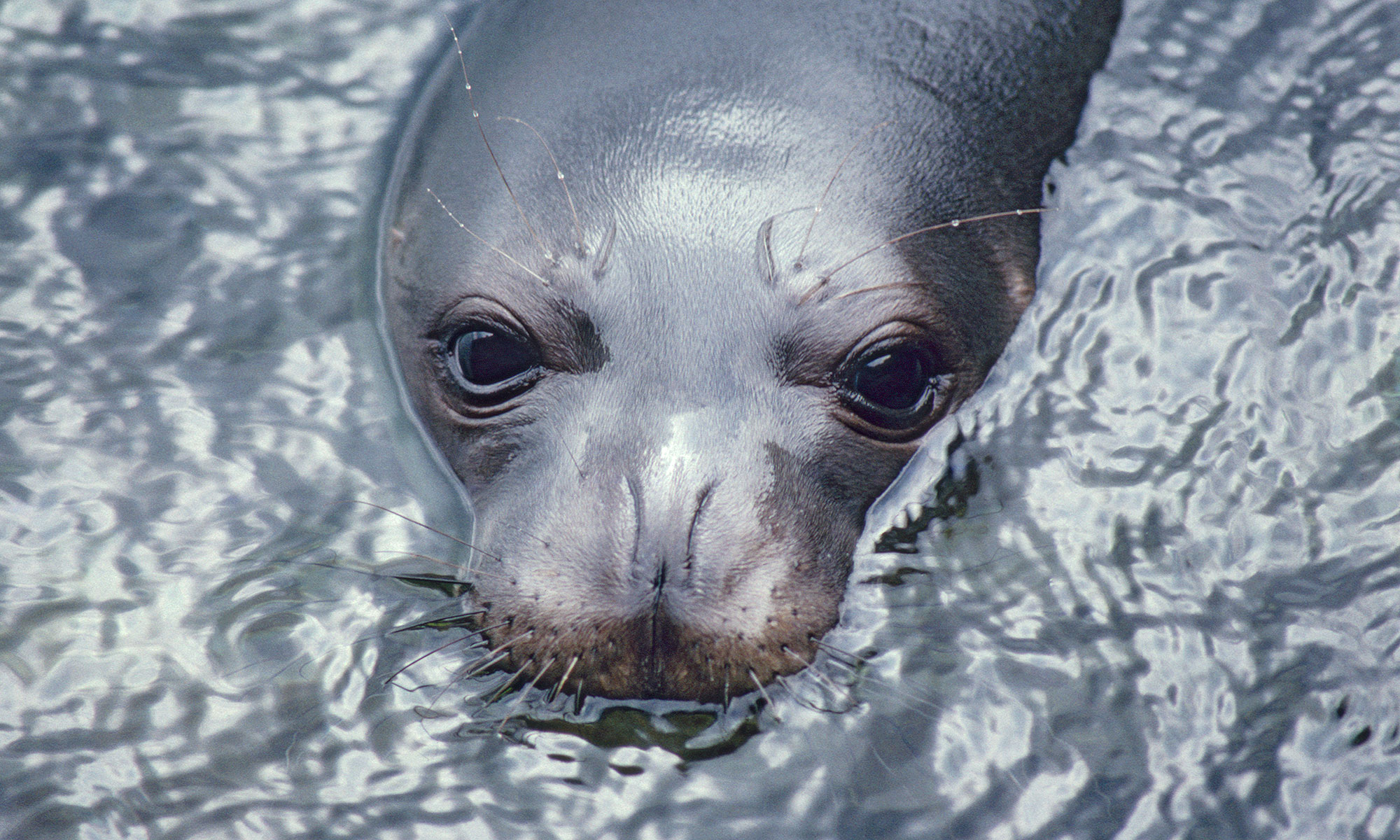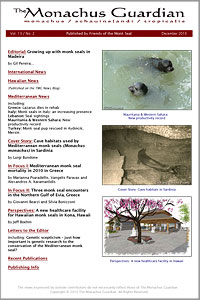NOAA researchers have released a video compilation depicting the foraging movements of the Hawaiian monk seal code-named RO18, equipped with a mobile phone tag.
“This is a video of an adult male monk seal that NOAA researchers tracked using a cellphone tag,” writes NOAA scientist Charles Littnan. “The tag recorded dive behavior and fine scale movements of the seal. RO18 was tracked from June to the middle of December. RO18 spent most of him time on Kauai and Ni’ihau, but did have one brief excursion to Oahu. RO18 spent most of his time diving deeper than 150 meters (over 500 ft) and his maximum dive was 511 meters. For more information please contact charles.littnan@noaa.gov.”
Related Story: New technology aids study of pelagic habitat use

 Caribbean Monk Seals: Lost Seals of the Gulf of Mexico and Caribbean Sea
Caribbean Monk Seals: Lost Seals of the Gulf of Mexico and Caribbean Sea The second book,
The second book, 
 On the beaches of the Hawaiian islands, monk seals are dying from a pathogen in cat feces that is carried to the ocean in polluted runoff and sewage. Experts worry that the disease, toxoplasmosis, will derail efforts to restore the endangered species. With only about 1,100 Hawaiian monk seals left in the wild, the deaths are “very concerning and put toxo as one of our primary concerns” for the species, says NOAA scientist Charles Littnan. Throughout most of Hawai`i, surface water quality ranges from “slightly impaired to severely impaired,” according to a state assessment. In particular, runoff from densely populated watersheds on Maui and O`ahu likely contains pathogens that infect the seals. […]
On the beaches of the Hawaiian islands, monk seals are dying from a pathogen in cat feces that is carried to the ocean in polluted runoff and sewage. Experts worry that the disease, toxoplasmosis, will derail efforts to restore the endangered species. With only about 1,100 Hawaiian monk seals left in the wild, the deaths are “very concerning and put toxo as one of our primary concerns” for the species, says NOAA scientist Charles Littnan. Throughout most of Hawai`i, surface water quality ranges from “slightly impaired to severely impaired,” according to a state assessment. In particular, runoff from densely populated watersheds on Maui and O`ahu likely contains pathogens that infect the seals. […] Just published: the December 2010 issue of
Just published: the December 2010 issue of